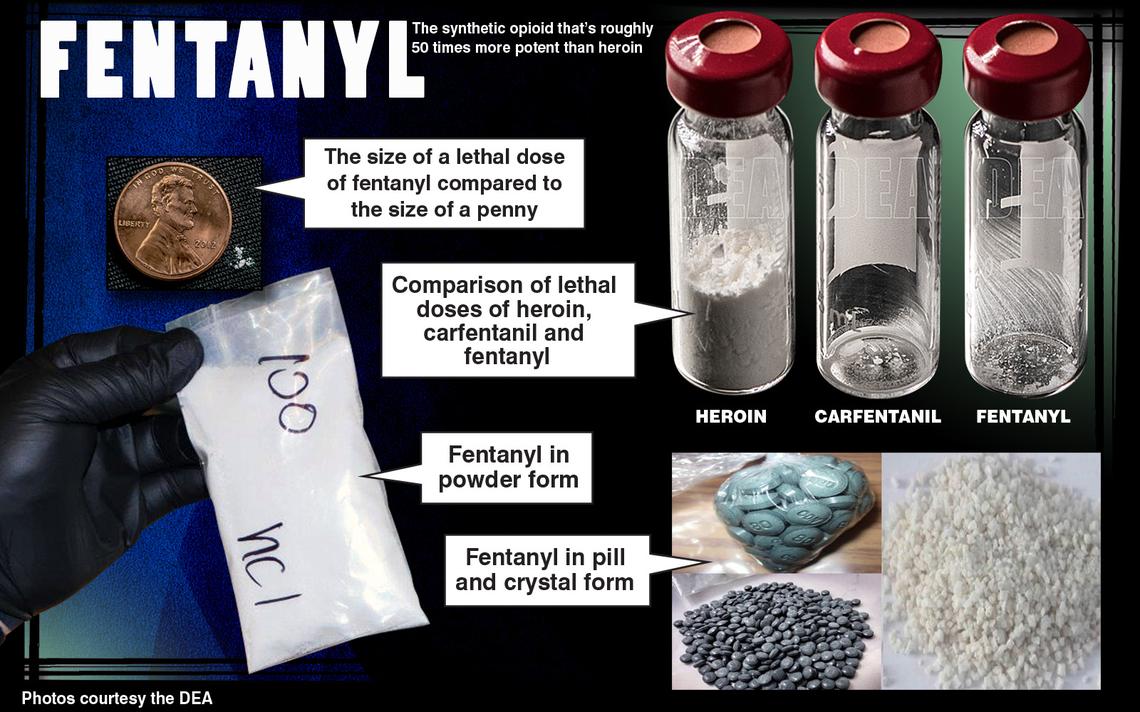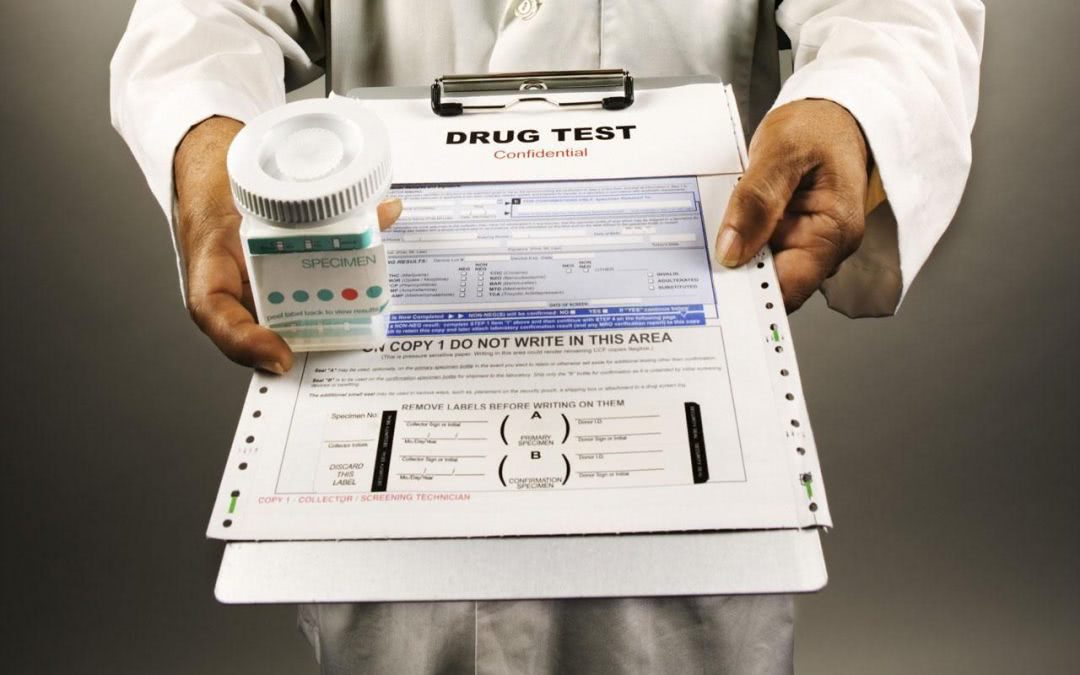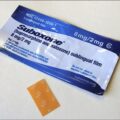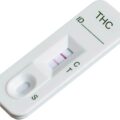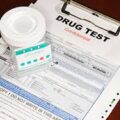What is Fentanyl?
Pharmaceutical fentanyl is a synthetic opioid, approved for treating severe pain, typically advanced cancer pain. It is 50 to 100 times more potent than morphine. It is prescribed in the form of transdermal patches or lozenges and can be diverted for misuse and abuse in the United States. Fentanyl attaches to and activates certain opioid receptors, which are located in areas of the brain that affect pain and emotion. Through its interaction with these receptors, fentanyl also increases the release of dopamine from certain nerve cells in our brain’s reward center. This resulting increase in dopamine activity is associated with a reinforcing sense of euphoria.
However, most recent cases of fentanyl-related harm, overdose, and death in the U.S. are linked to illegally made fentanyl. Some drug dealers are mixing fentanyl with other drugs, such as heroin, cocaine, methamphetamine, and MDMA. This is because it takes very little to produce a high with fentanyl, making it a cheaper option. This is especially risky when people taking drugs don’t realize they might contain fentanyl as a cheap but dangerous additive. They might be taking stronger opioids than their bodies are used to and can be more likely to overdose. Deaths involving illicitly manufactured fentanyl is on the rise and more than 36,000 people died from overdoses involving synthetic opioids in 2019 alone.
Drug Testing for Fentanyl
Fentanyl is a DEA controlled drug. The active ingredient 3-Methylfentanyl is a DEA Schedule I controlled substance. Substances in the DEA Schedule I have no currently accepted medical use in the United States, a lack of accepted safety for use under medical supervision, and a high potential for abuse. Fentanyl is classified by the DEA as a Narcotics (Opioids) drug.
Drug testing determine the presence or absence of specified parent drugs or their metabolites. A drug test specifically looks for the presence of one or more illegal or prescription drugs. Urine testing is the most common type of drug screening. Drug screening is used to find out whether or not a person has taken a certain drug or drugs. It may be used for:
- Employers. May test you before hiring and/or after hiring to check for on-the-job drug use.
- Sports organizations. Professional and collegiate athletes usually need to take a test for performance-enhancing drugs or other substances.
- Legal or forensic purposes. Testing may be part of a criminal or motor vehicle accident investigation. Drug screening may also be ordered as part of a court case.
- Monitoring opioid use. If you’ve been prescribed an opioid for chronic pain, your health care provider may order a drug test to make sure you are taking the right amount of your medicine.
How Long Does Fentanyl Stay In Your System?
The exact amount of time a drug stays in the body will vary according to factors like;
Dose: The more fentanyl in the body, the longer it will take to fully be eliminated from the body.
Metabolism: Impaired renal or liver function will lead to slower metabolism of fentanyl.
Location of the patch: Differences in thickness of the skin and subcutaneous fat in various places on the body mean that the rate of absorption of fentanyl is different depending on where the patch is placed.
What Does Fentanyl Show Up As On A Drug Test?
When a drug enters the body, it gets altered (metabolized). This alteration results in other substances called drug metabolites. These drug metabolites may either be inactive or they may be similar or different from the original drug (parent drug) in terms of toxicity or therapeutic activity. Some metabolites stay in the body long after the parent drug has been expelled from the system. Therefore, there is a higher probability of getting a positive result by looking for the metabolites instead of the parent drug. In the drug testing industry, many drug tests will look for the presence of certain drug metabolites as a reliable indicator that a person used the “parent drug” of that metabolite.
Fentanyl shows up on a drug test as free fentanyl or norfentanyl, a metabolite created in the process of breaking down the drug in the body. A person can test positive for fentanyl on a urine test for 24–72 hours after last use. However, norfentanyl, the metabolite can be detected for up to 4 days (96 hours). Hair tests can detect fentanyl for up to 3 months after last use. Blood tests are able to detect fentanyl use from 5 hours to 48 hours after last use. Saliva tests are used to test for many drugs. In the case of fentanyl, however, saliva tests cannot consistently detect it or its metabolites.
The method of removing fentanyl from the body safely is called detox, which involves the removal of toxic substances from the bloodstream. This process is usually performed in a specialized substance abuse treatment center.


